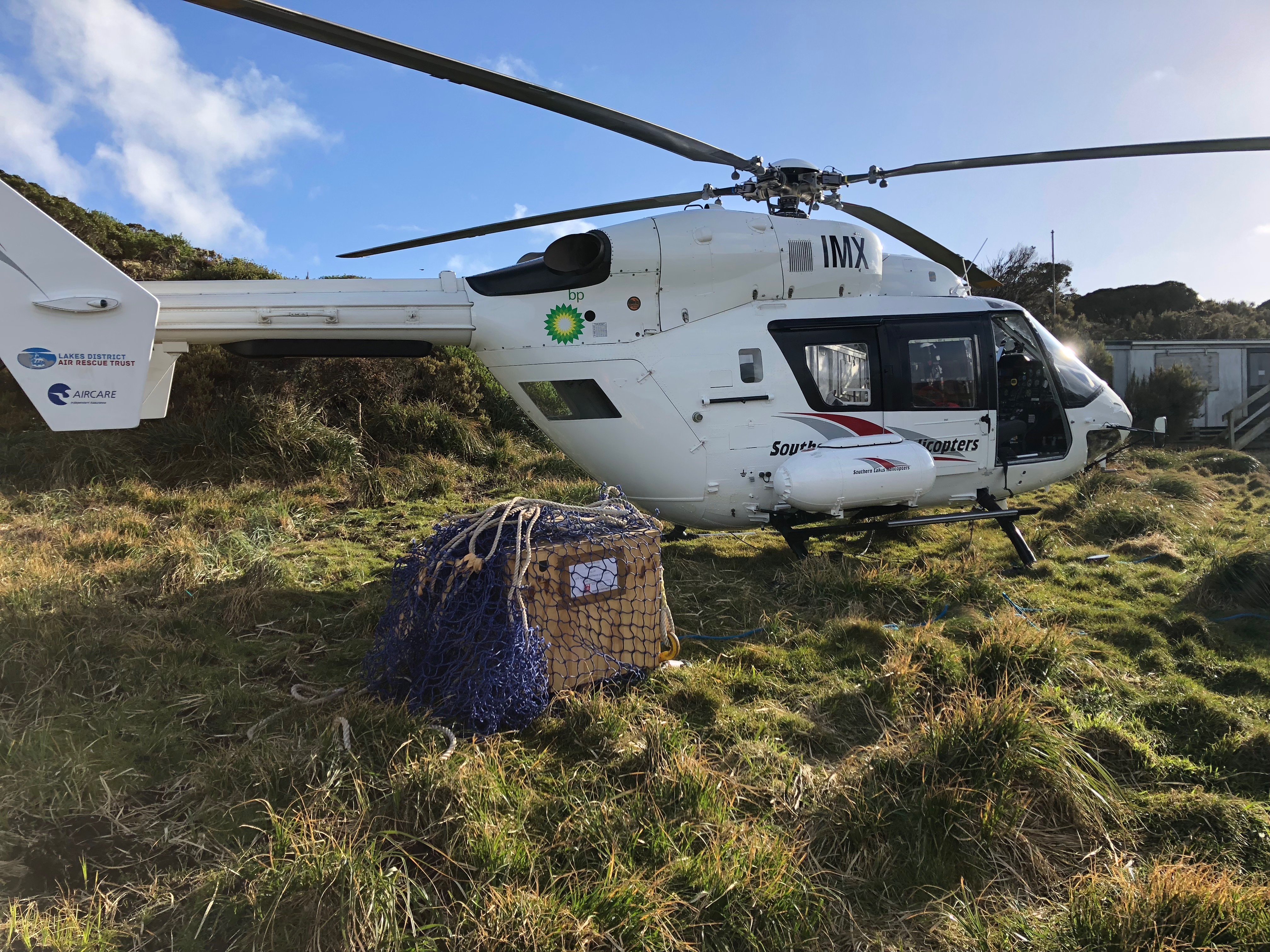
The Transport Accident Investigation Commission (TAIC) is calling on the Civil Aviation Authority to resolve safety issues with night vision imaging systems (NVIS) in helicopter air ambulances; and with training for helicopter NVIS non-pilot crew.
TAIC makes the call in its final report, published today, on the accident in which an air ambulance helicopter flew into the sea near the Auckland Islands in in the Southern Ocean on the evening of 22 April 2019.
The BK117-C1 helicopter was approaching the end of a 478-kilometre flight from Invercargill. This visual flight rules (VFR) flight was ending after dark, so the pilot and a non-pilot crew member were using night vision goggles (NVGs). The pilot saw what they believed to be cloud covering the landing area, so re-routed and descended towards an area believed to be clear of cloud. The NVIS crew member saw cliffs immediately ahead and alerted the pilot, who took avoidance action but too late to stop the helicopter flying into the sea.
The helicopter flipped and semi-floated upside-down. All three people on board survived the crash with minor injuries; the pilot and paramedic escaped and the paramedic then returned inside to rescue the unconscious winch operator. All three had immersion suits that kept them afloat and they swam about 100m to shore, sheltered overnight and were rescued the next day. The helicopter sank to the seabed 15 metres below and was recovered later.
TAIC's Chief investigator of Accidents, Naveen Kozhuppakalam, says the chain of events leading to this accident began when the pilot, using night vision goggles, very likely misinterpreted fog near the surface as cloud some height above.
"The area believed to be clear air near cloud was in fact calm water near fog," said Mr Kozhuppakalam.
"The pilot flew towards it while relying primarily on their visual reference looking outside through the night vision goggles, without enough scanning of the instrument panel – which at the time included a radio altimeter warning light that would have alerted the pilot to being below their selected altitude."
TAIC identified two safety issues for the Civil Aviation Authority to resolve.
First, TAIC is calling on the CAA to address the growing gap between minimum performance requirements and technical standards for NVIS and helicopter air ambulance operations and current international best practices.
Second the Commission noted that crew resource management (CRM - making good use of all available resources, including each other) can help helicopter crews stay safe. New Zealand lacks any requirement or guidelines for comprehensive training and qualifications in CRM for helicopter operations where the NVIS crew member is a non-pilot crew member.
TAIC also found that the helicopter operator’s procedures for single-pilot VFR operations into the Southern Ocean were incomplete and inadequate for safe flights. Since the accident, the operator has addressed this issue, implementing a standard operating procedure for such flights.
If this accident had occurred far from shore, an issue with the helicopter's life raft would have been critical. A life raft can only be effective in the event of a ditching, if the crew can find it and deploy it. The accident helicopter had a life raft on board but the crew couldn't find it in time.
The Commission's final report sets out safety lessons for helicopter air ambulance and night vision goggle operations, including knowledge, skills and currency with VFR flying using NVGs; the life saving benefits of underwater escape training and immersion suits; the superiority of radio over barometric altimeters for situational awareness while flying with the aid of NVGs.
